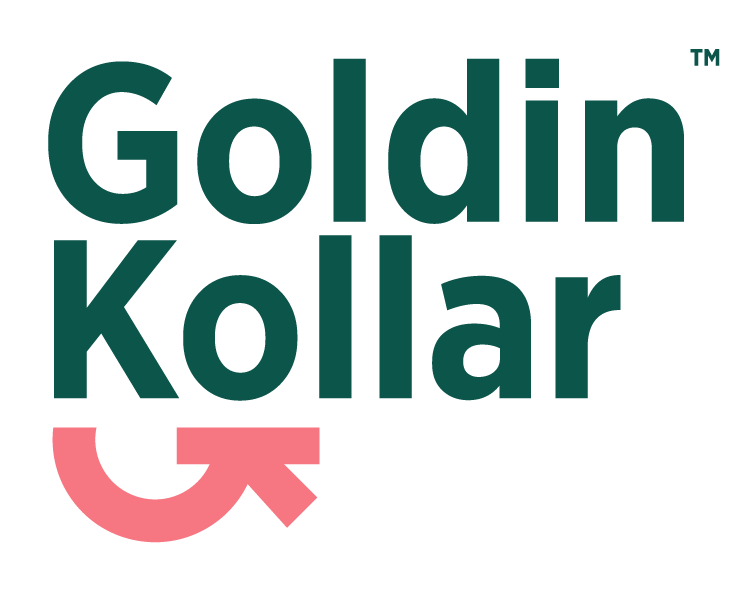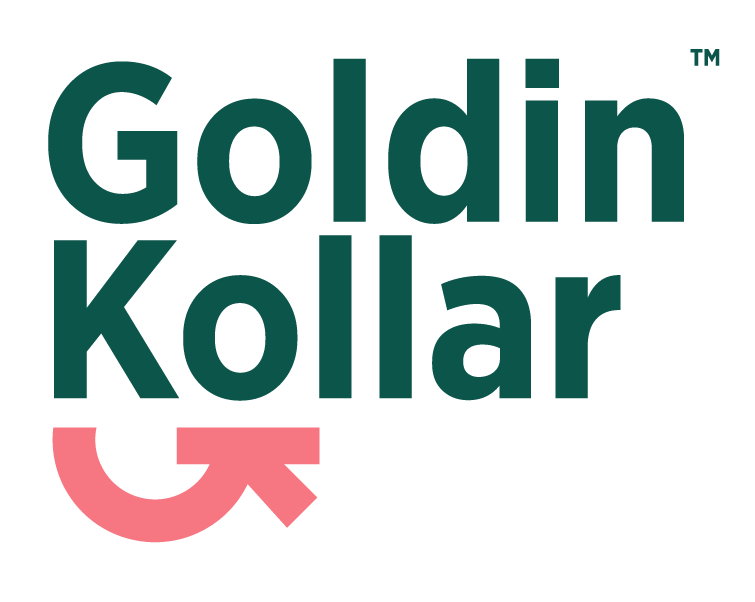Understanding the Wheel of Motives
The Wheel of Motives is divided into two major categories:
Approach Motives: These are drivers that push employees toward achievement, autonomy, and contribution.
Avoidance Motives: These focus on security, stability, and risk minimization.
The Ten Motives
Categories:
Approach Motives (Green): Achievement, Power, Autonomy, Exploration, Contribution
Avoidance Motives (Blue): Conservation, Security, Affiliation, Cooperation, Hedonism
Step-by-Step Strategy Development
1. Discovery & Assessment
- Conduct employee surveys, interviews, and focus groups
- Utilize the APM questionnaire
- Identify motivation patterns
2. Persona Development
- Create detailed employee personas
- Categorize employees into motivational clusters
3. Strategy Design
- Develop initiatives aligned with dominant motives
- Incorporate motivation-enhancing elements
- Design customized incentives
4. Implementation & Measurement
- Roll out the strategy in phases
- Use KPIs to track progress
- Continuously adjust strategies
Sample Applications
1. Enhancing Leadership Styles
Leaders should adapt their approach based on employees' dominant motives. Power and Achievement-motivated employees thrive under competitive challenges, while Affiliation and Cooperation-driven individuals excel in collaborative environments.
2. Structuring Rewards & Recognition
Different motivational profiles require different reward structures, from performance-based bonuses to stability incentives and CSR opportunities.
3. Tailoring Workplace Culture
Culture should align with dominant motives, whether emphasizing innovation and flexibility or security and structure.
The Proven Impact
Conclusion
A well-designed employee motivation strategy leveraging the Wheel of Motives ensures that organizational goals align with the intrinsic drivers of employees. By recognizing the diverse motivational needs within a workforce, companies can cultivate a thriving, engaged, and high-performing team that is aligned with both personal and corporate success.



